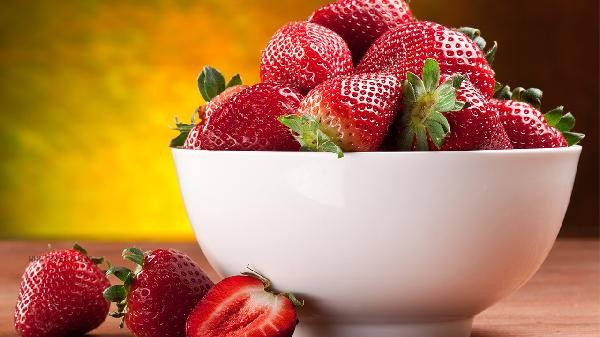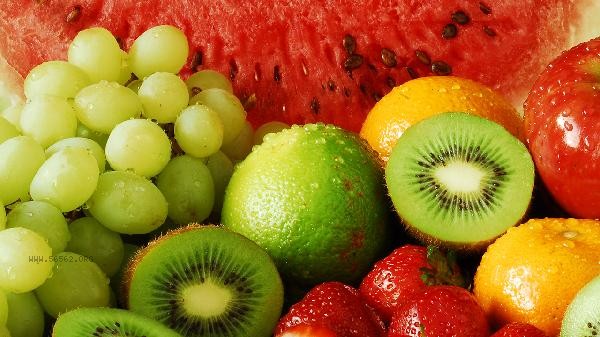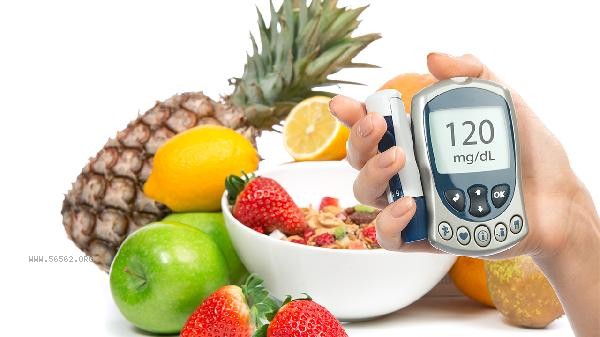Planting strawberries in February requires selecting cold resistant varieties and taking insulation measures. In early spring planting, attention should be paid to soil thawing, temperature fluctuations, and light management. Greenhouses, plastic film covering, or potted plants can be used to protect seedlings indoors.

It is recommended to plant strawberries in greenhouses or greenhouses in areas with lower temperatures in February. Choose early maturing and cold resistant varieties such as Hongyan, Zhangji, etc. Before planting, deeply plow the soil and mix it with decomposed organic fertilizer to increase the soil temperature. Adopting high ridge cultivation facilitates drainage, and covering the ridge surface with black plastic film can keep warm and suppress grass. After planting, maintain a temperature of 15-25 degrees Celsius during the day and not lower than 5 degrees Celsius at night. Ventilation is required during sunny days at noon. Control watering during the seedling stage, apply phosphorus and potassium fertilizers after the emergence of buds, and use artificial pollination during the flowering stage to increase fruit setting rate.

Outdoor planting is allowed in warm southern regions, but precautions should be taken against the cold of late spring. Choose a sunny and leeward plot and build a small arch shed in advance as a backup. After the soil thaws, plant immediately and use drip irrigation to avoid low-temperature waterlogging. Cover with double-layer non-woven fabric or straw insulation before the cold wave arrives, and spray antifreeze at night during frosty weather. Pay attention to removing old and diseased leaves, regularly inspect and control aphids and gray mold, and maintain a temperature difference between day and night during fruit development to facilitate sugar accumulation. Strawberry cultivation requires keeping the soil moist but avoiding waterlogging. Diluted fish protein fertilizer or seaweed fertilizer should be applied weekly during the fruiting period. Timely remove the concentrated nutrients from the creeping stem, and place straw on the ground where the fruit contacts the ground to prevent rotting. During the harvest period, avoid the dew period and preserve the fruit stalks to extend the preservation time. It is recommended to use containers with a diameter of 30 centimeters or more for home potted plants. They should be placed indoors on south facing windowsills and rotated regularly to ensure even lighting.









Comments (0)
Leave a Comment
No comments yet
Be the first to share your thoughts!